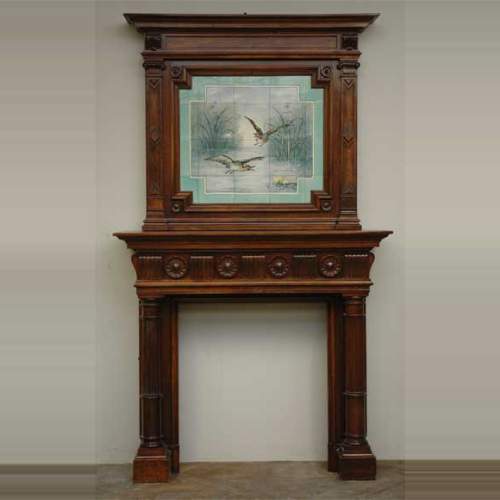My selection (4 Objects)
Recommended for you :
Dimensions:
Width: 66
Height: 161
Depth: 50
Diameter: 50
Dimensions:
Height: 265
Diameter: 100
Dimensions:
Width: 49
Height: 89
Depth: 88
Dimensions:
Width: 107
Height: 224
Depth: 121
Dimensions:
Width: 60
Height: 172
Depth: 57
Dimensions:
Height: 117
Diameter: 135
Dimensions:
Height: 238
Diameter: 75
Dimensions:
Width: 64
Height: 274
Depth: 64
Dimensions:
Width: 56
Height: 118
Dimensions:
Width: 64
Height: 162
Dimensions:
Width: 61
Height: 193
Depth: 61
Dimensions:
Width: 36
Height: 56
Depth: 36


















